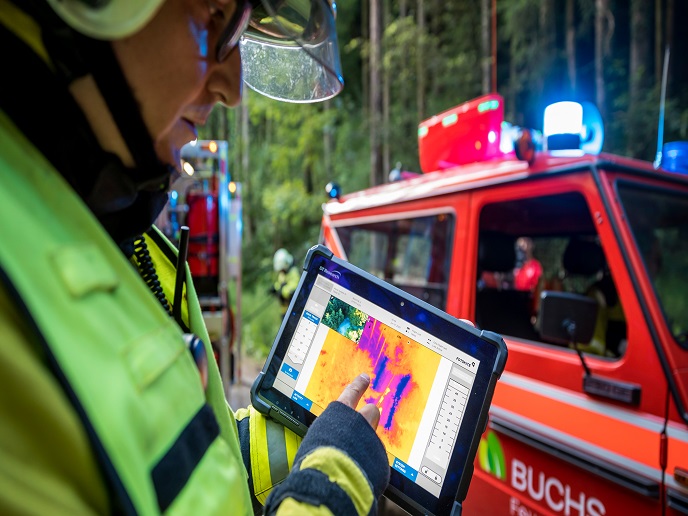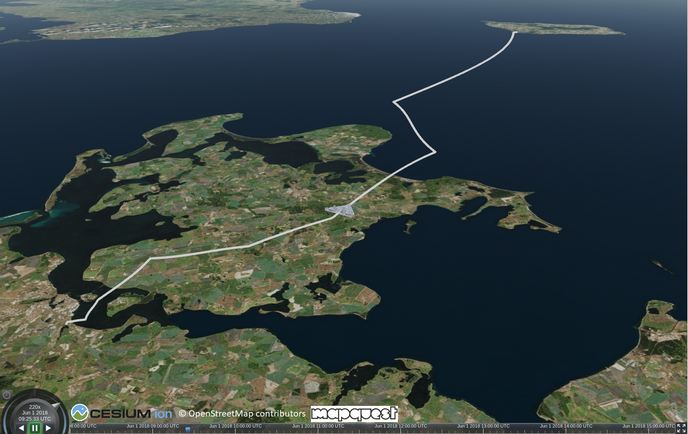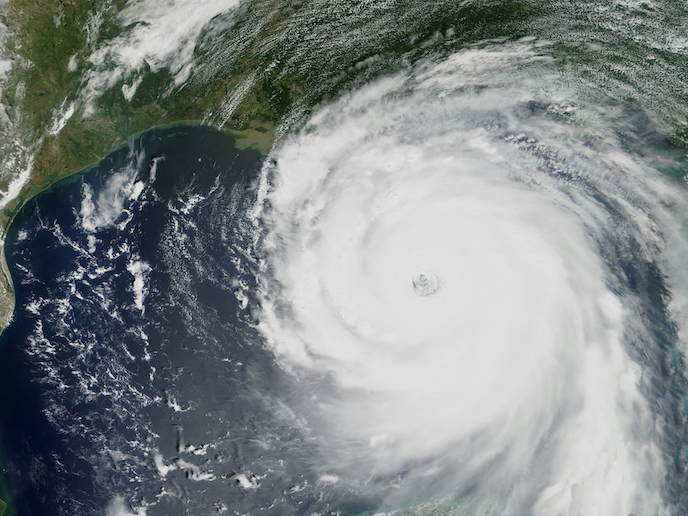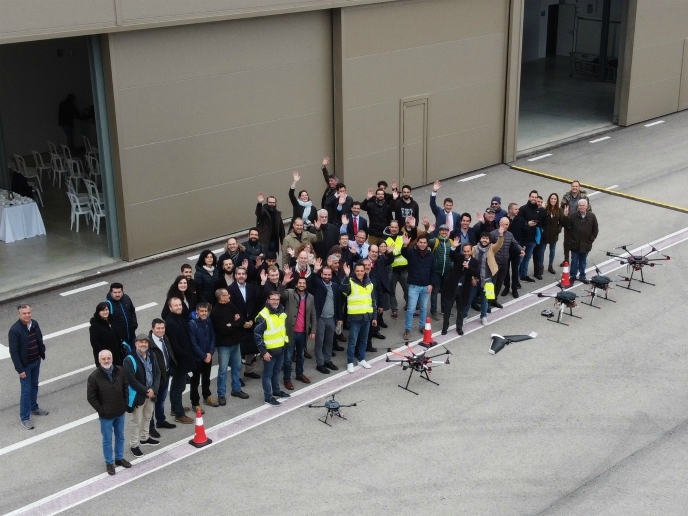Clearing landmines with the help of drones
The EU-funded MKD project has demonstrated that a new system combining drone technology, robotics and data analysis, has the potential to clear landmines globally within 10 years. This would mark a major humanitarian breakthrough. According to UN estimates(opens in new window), over a million people have been injured or killed by landmines in just three decades. There are almost 110 million active landmines scattered across the globe, which it would take hundreds of years to clear at current rates. That’s because demining still mostly relies on manual removal, making it a slow, costly and dangerous process. Replacing these methods by the use of unmanned aerial vehicles, operated safely from a distance, could change all that.
Blast from the past
The Mine Kafon Drone System(opens in new window) is the brainchild of Dutch-Afghan brothers Massoud and Mahmud Hassani who grew up in Kabul, where they witnessed the scale of the problem first-hand. Its history of war and conflict has left Afghanistan one of the countries most contaminated by landmines in the world. “We lived on the outskirts of the city. There were landmines everywhere, even around the school and the playground,” says Mahmud Hassani, MKD project coordinator and co-founder of Hassani Design(opens in new window), which owns the Mine Kafon Lab and hosted the project. Now based in the Netherlands, where they arrived as refugees 20 years ago, the brothers drew on this personal experience to come up with a concept that would inject innovation into the fight against landmines.
A three-step approach
Mine Kafon (literally ‘mine exploder’ in Farsi) uses two different drones and a base station to carry out three distinct operations, all essential to the mine-clearing process: mapping, detection and detonation. “The first drone(opens in new window) is used to create a 3D visualisation of the target area. The second drone(opens in new window) is equipped with a robotic arm to keep it at a steady distance from the ground and collects different types of data thanks to a number of sensors and applications: a metal detector, a radar and a sample collection device. All this data is used to train the software to detect mines and pinpoint them on the 3D map,” Hassani explains. The third step, which is currently in the R&D phase, will see the same drone used for detection defuse mines from a distance using a different robotic arm.
Getting the project off the ground
The EU funding has played an essential role in enabling the technology to take the crucial step from the lab to the market. The mapping and detection systems are now ready to be tested. The team is currently working with the Directorate of Mine Action Coordination(opens in new window) (DMAC), an Afghan body supported by the United Nations, with a view to starting a 6-month trial in Afghanistan. While passing this milestone in their home country would be an important achievement for the Hassanis, their ambitions do not stop there: “We have had enquiries from countries in the Middle East, Africa, Asia and South America. The demand is high, and now we need to deliver. If we rapidly scale up our business and deploy our technology in all affected countries, clearing all landmines worldwide is doable in 10 years.”







